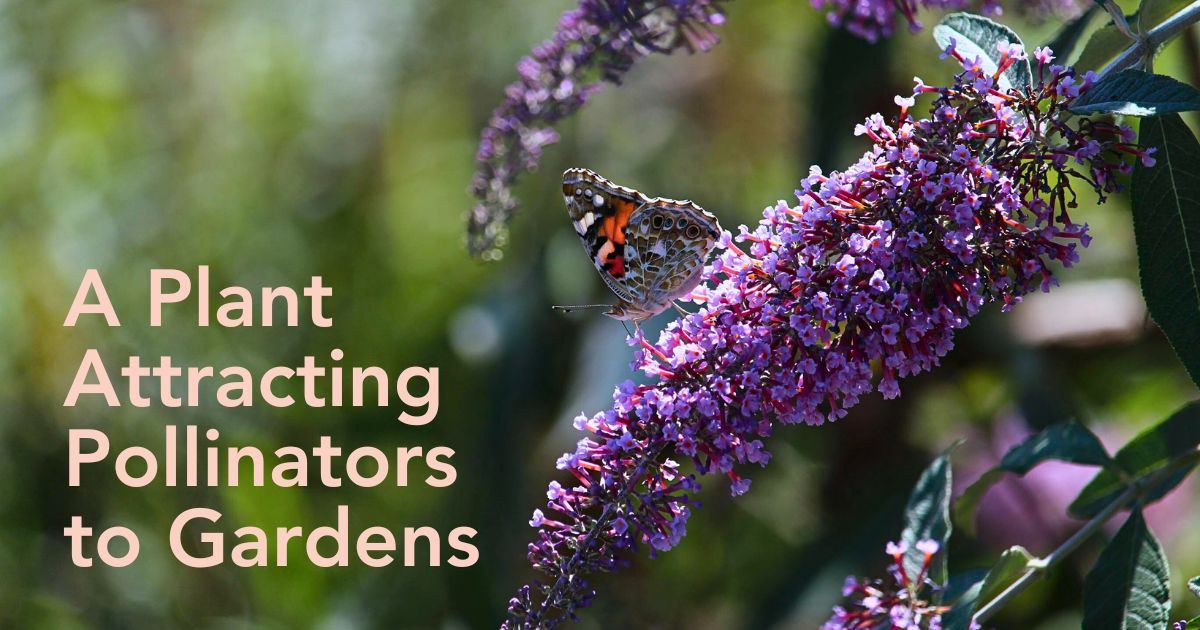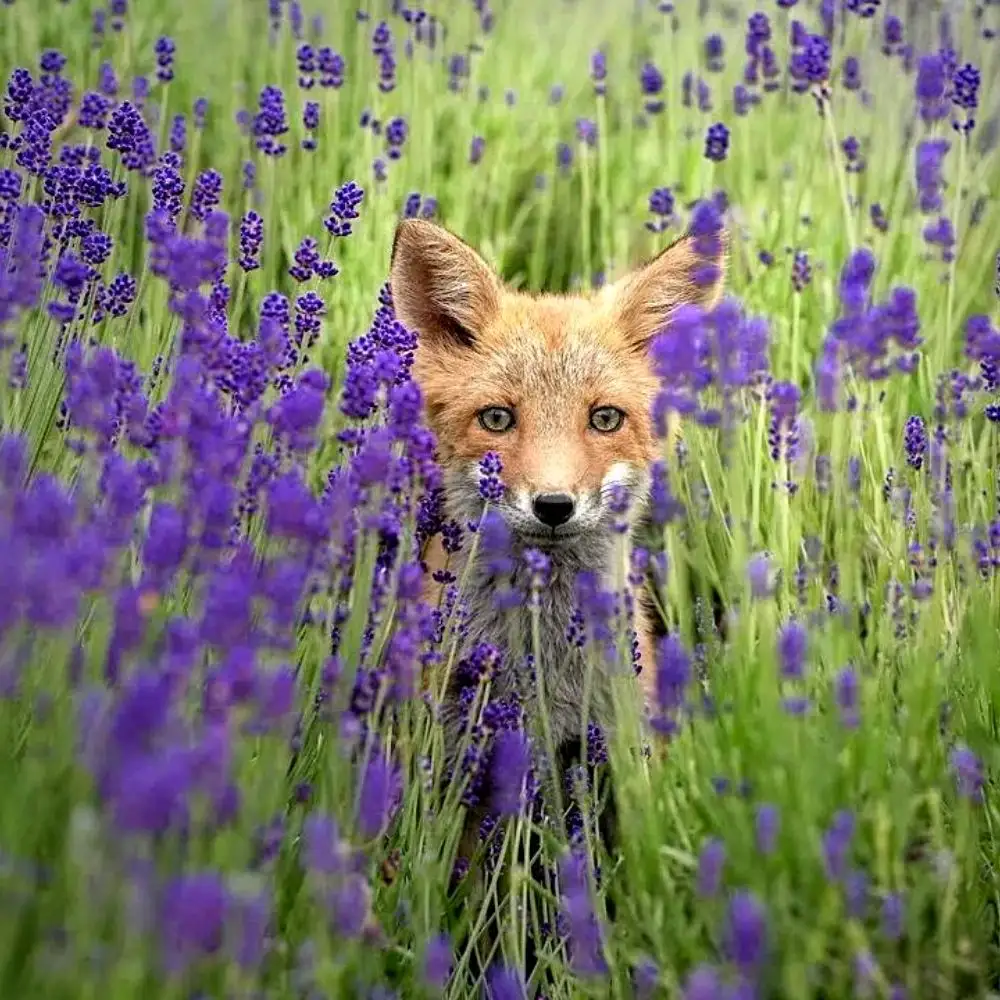Butterfly bush, also known as the 'butterfly plant' is a well-known, colorful plant that attracts the sight and desire of butterflies seeking to feed on the juiciest nectar. This fast-growing, deciduous shrub is native to central China and is named for its ability to attract butterflies.
In addition to attracting pollinators, butterfly bushes are also grown for their ornamental value in gardens and landscaping, while some varieties are also used for cut flowers. These plants typically bloom from mid-summer through fall, providing nectar for pollinators during that time. So, if you would want to fill your garden with butterflies, or just admire the striking light purple-pinkish colored flowers, here's what you need to know about this plant.
Characteristics of the Butterfly Bush Also Called Buddleia Davidii
Butterflies are the insects mainly attracted to this plant, and hence it has been named after them. Also called Buddleia davidii, the plant is grown for its long and spectacular panicles of vibrant blooms.
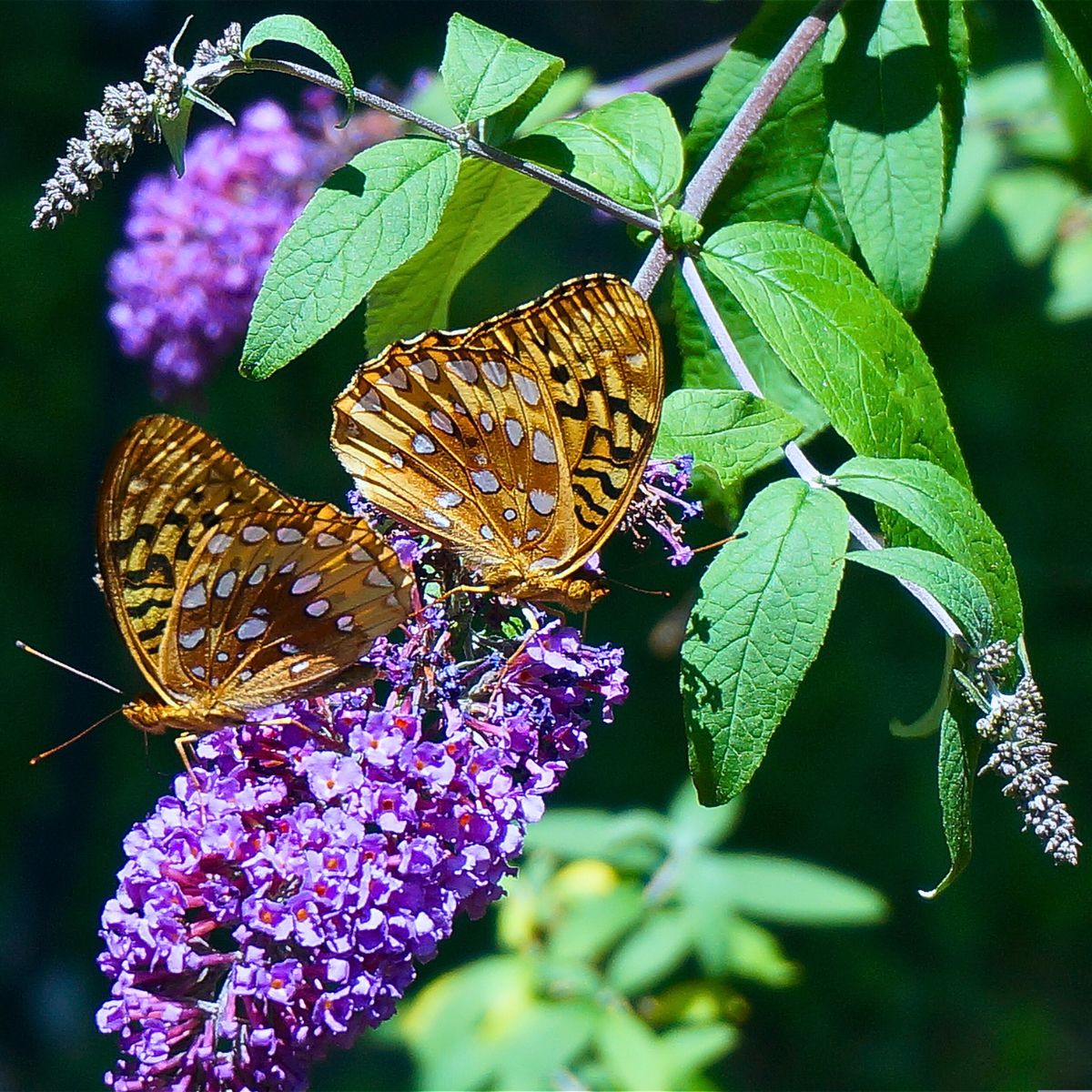
Photo by @leoleobobeo
Even when the bushes are not in flower, they are still appealing due to their spring and summer blooms, their naturally pleasing shapes, and their evergreen leaves. In colder regions, the plant grows more like a perennial, dying back to the root crown each winter and reappearing in spring. The flowers grow in dense, conical panicles or clusters and come in a variety of colors including purple, pink, white, yellow, and orange. They are, also, very fragrant and attract butterflies, moths, hummingbirds, and other pollinators.
Butterfly bushes are available to suit many different gardening preferences. Some butterfly plants can grow up to 12 feet tall, while others are relatively small. If you're a gardener who loves enhancing outdoor spaces by filling them up with appealing plants, the butterfly bush is a great option. Now comes one of the most important components — how do you care for and grow a butterfly plant?

How to Appropriately Care for a Butterfly Plant?
It is not surprising that these plants are so popular given their aesthetic appeal, ease of maintenance, and ease of growth. These resilient bushes are relatively unaffected by even powerful storms. They flourish in challenging conditions, such as polluted metropolitan areas. They can withstand stress, drought, and insect pests.
The butterfly bush thrives in full sun, ordinary soil with medium rainfall, and well-drained soil. It, essentially, needs at least six hours of sun every day and will become weedy and sparse if cultivated in shaded situations. This plant, also, prefers slightly acidic to neutral soil but will, likewise, grow in any normal, well-drained soil that receives an average amount of precipitation. If you decide to plant more than one, give them a good distance — five to six feet so they can fully survive and thrive.
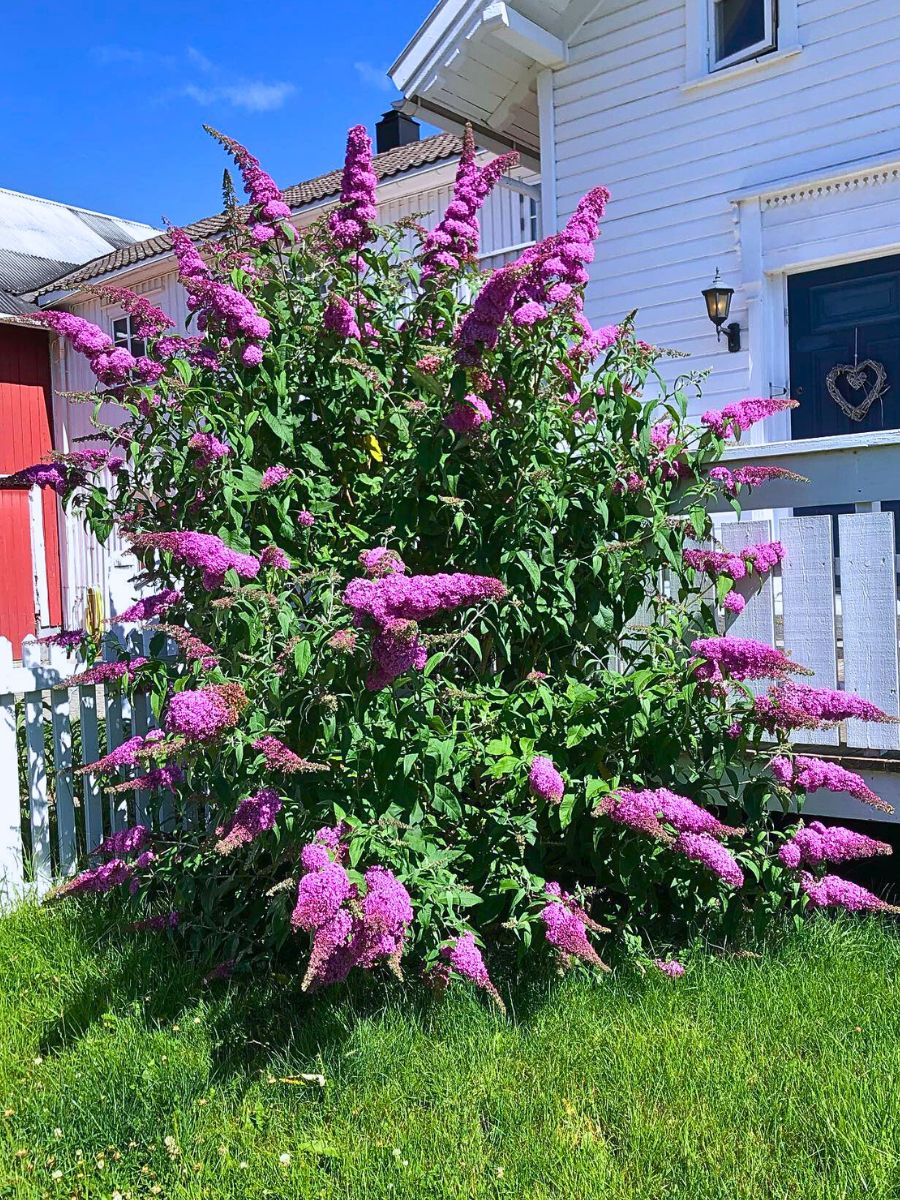
Likewise, this lovely plant prefers a medium-moisture environment and does not tolerate either extreme swampy or drought-prone environments. It only needs half an inch of water per week from irrigation or rain to grow. Last, but not least, to finish taking care of your butterfly plant appropriately, it needs no fertilizer other than a thin layer of compost spread over the root zone each spring. So, there you have it, easy care handles for an easy-maintenance plant!
Five of the Most Beautiful Butterfly Bushes
If you're not sure where to start with butterfly bushes, here are five options that you could start with, in your garden.
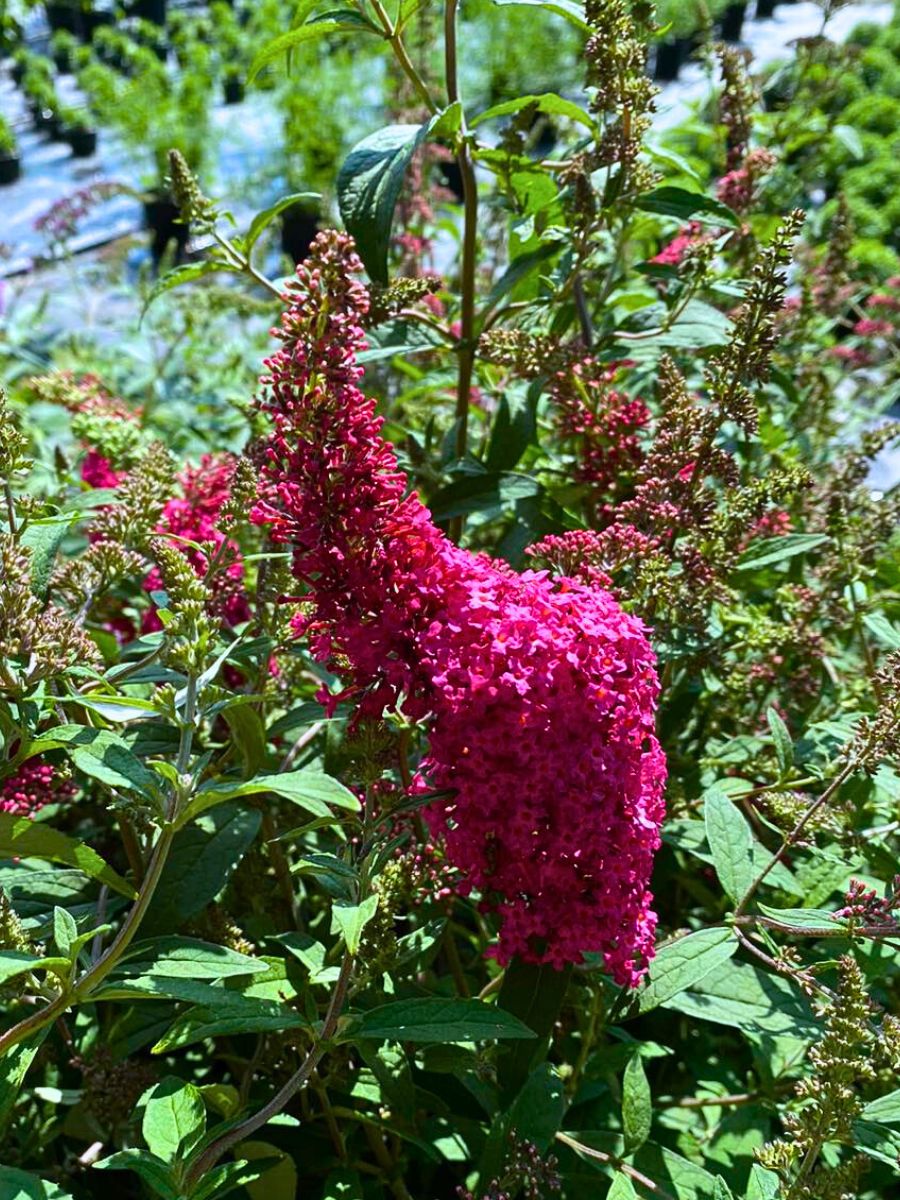
1. Nanho Purple Butterfly Bush
One of the most popular and beautiful butterfly bushes is commonly referred to as 'summer lilacs' and Nanho Purple's blooms make it clear why. These wands of deep purple flowers have lilac-like appearances and scents. Compact Nanho Purple grows three to five feet tall and around that broad. So it won't take over, you can use it in your garden or yard. The best part is that it doesn't have seeds and isn't invasive, so it won't take over the neighborhood but will still draw butterflies.
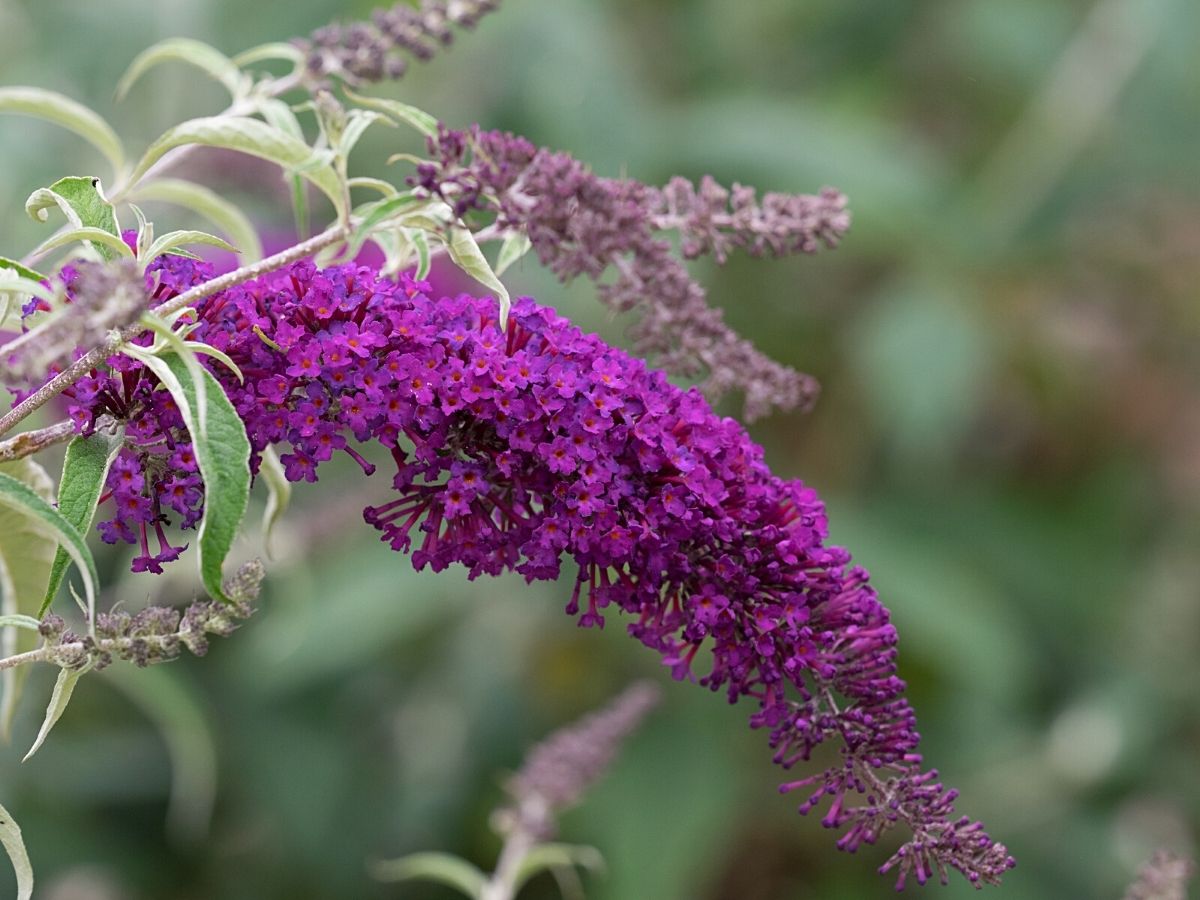
2. Prince Charming Butterfly Bush
The butterfly bush 'Prince Charming' is the one for you if you desire vibrant blossoms. Hummingbirds and butterflies adore its 10-inch-long spikes of scorching ruby-pink blossoms. Its diminutive stature allows it to fit into smaller gardens where a larger buddleia would be overwhelming because those large, vivid flowers are produced on a compact shrub that grows to a height of four by four.
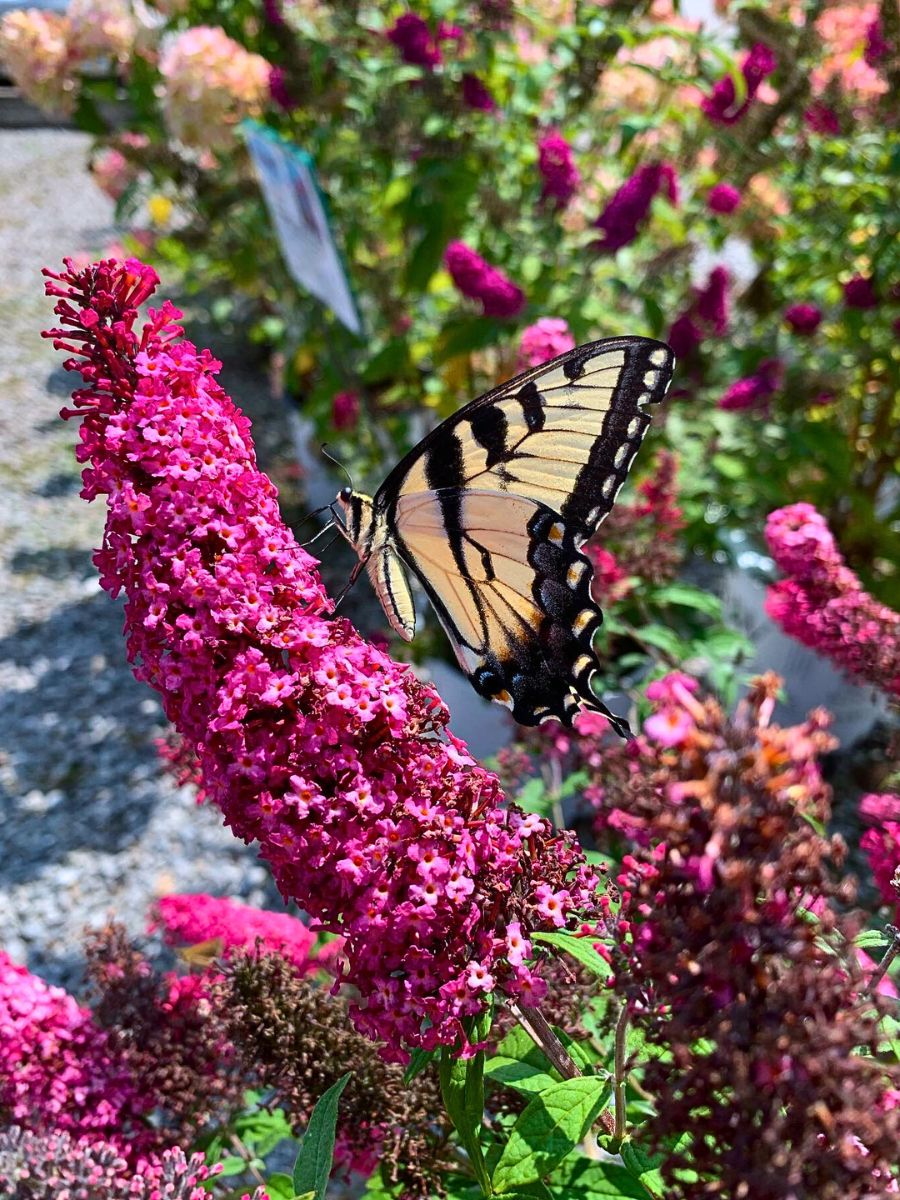
Photo by @galbraiths_fortwayne
3. Queen of Hearts Butterfly Bush
The small-growing 'Queen of Hearts' variety only reaches heights of three to four feet. It grows into a broad, rounded mound that is somewhat wider than it is tall, and throughout the summer, it is covered in 9-inch-long wands of brilliant magenta flowers. A great idea to brighten up your yard and draw in fliers is to plant a butterfly bush.
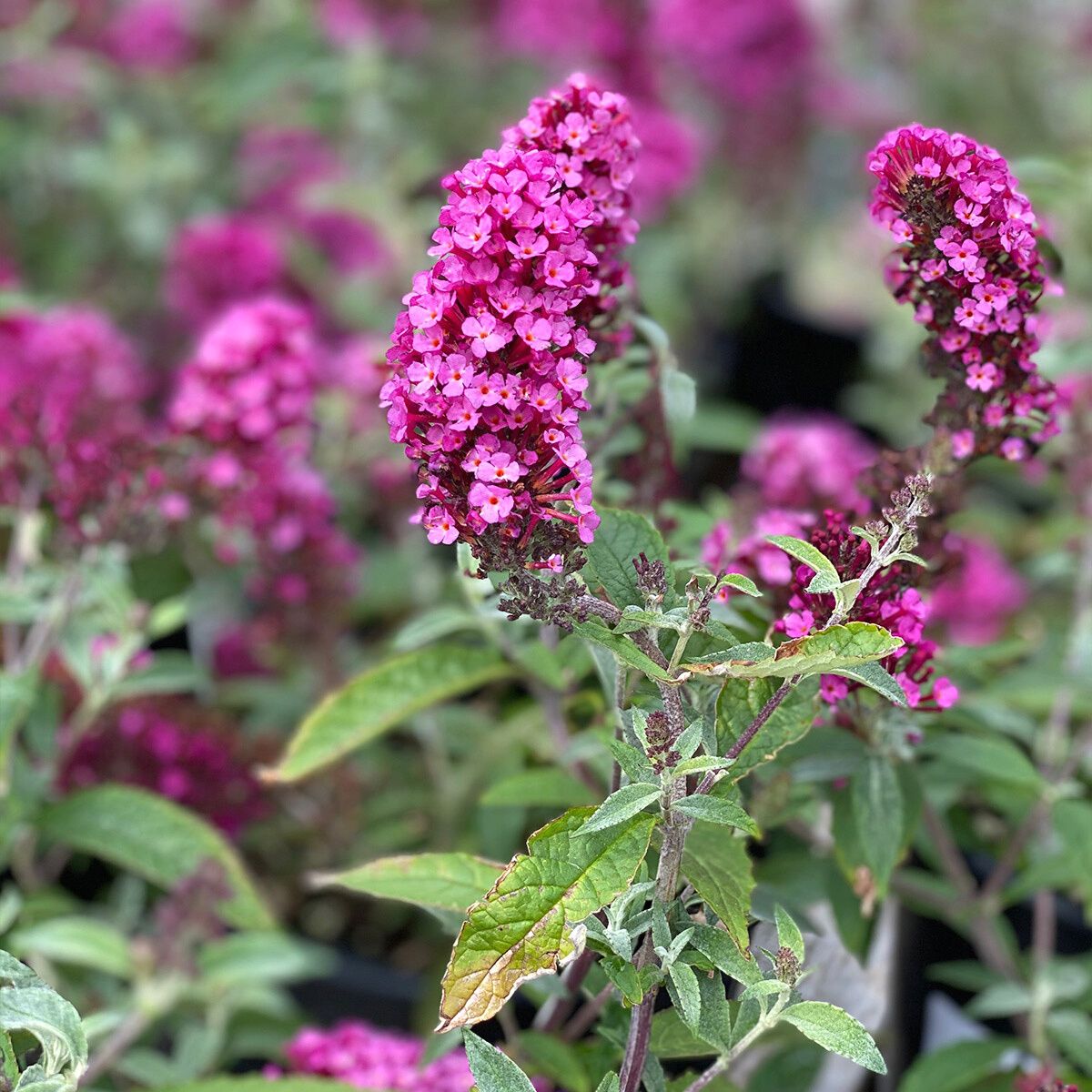
Photo by White Oak Gardens
4. Pugster Pink Butterfly Bush
This variation is for you if a monstrous butterfly bush isn't your cup of garden tea. Pugster is a dwarf type that only reaches heights of two feet and a width of three feet, but it produces full-sized flowers. Something like big blossoms on a little shrub. How can you not adore it? It can therefore be placed in a container in the center of a border. You won't even need to deadhead it to receive flowers all season because it blooms continuously.
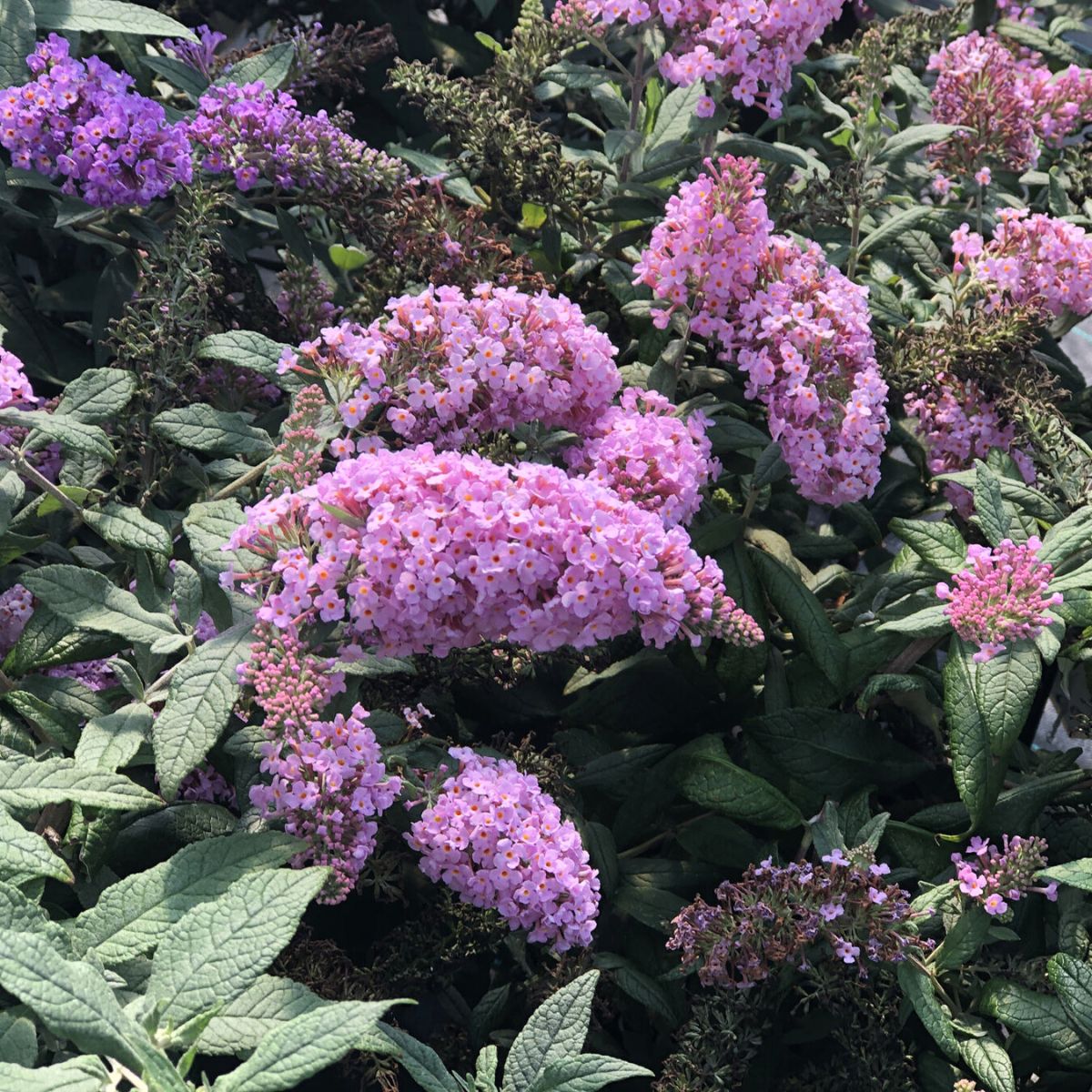
Photo by Garden Crossings
5. Flutterby Pink Butterfly Bush
This modest shrub won't overpower a tiny garden because it only grows to a height of two feet and a width of about two feet as well. From June till the first frost, it consistently produces pink blossoms. It's non-invasive because it doesn't often reseed. We don't want the butterfly bushes in your garden to become overly hungry, as much as we adore them.
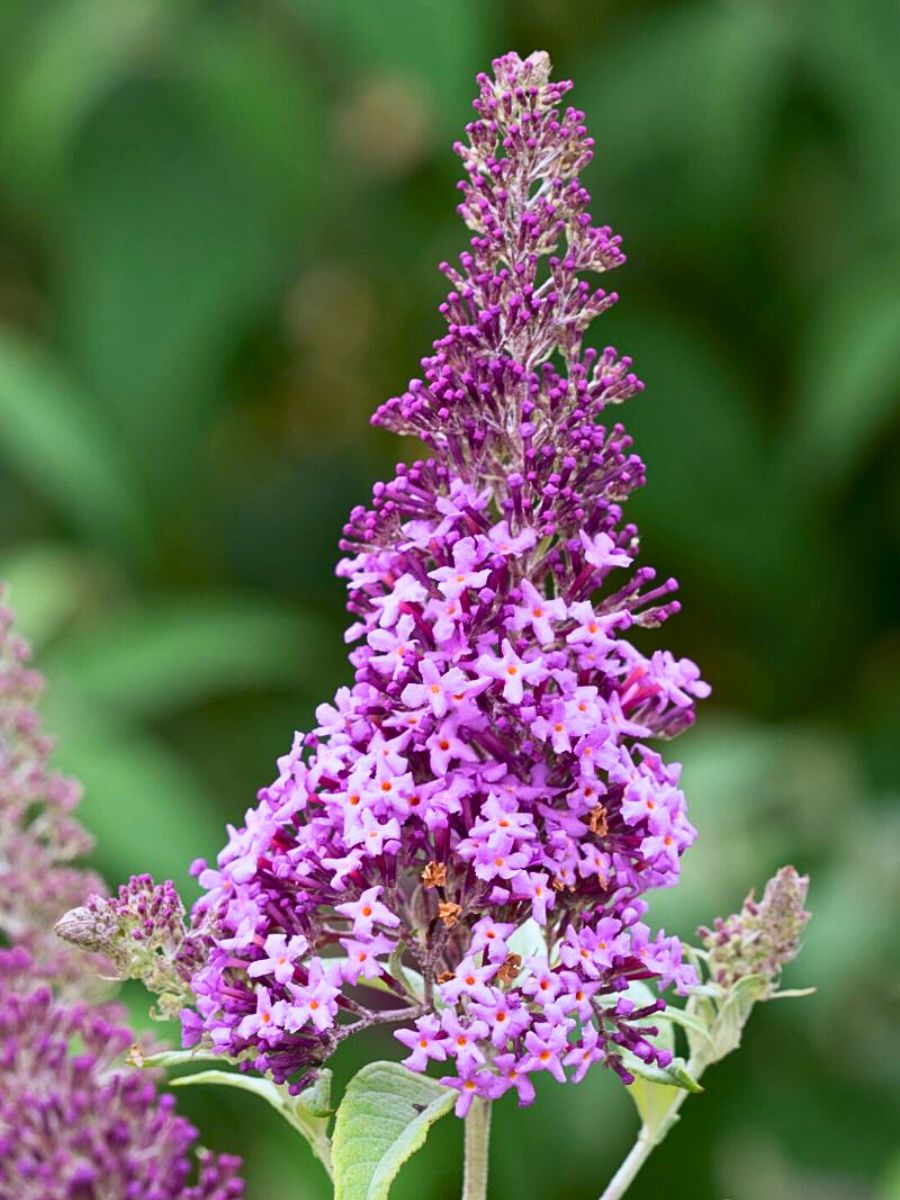
Photo by Buddleja Collection
How to Grow a Butterfly Bush Plant
Because the butterfly bush self-seeds so easily, 'how to do it' seems to be a little obvious. The stray seedlings that appear around a parent plant can be easily transplanted. Moreover, dried flower heads can be used to collect seeds, which can then be stored and planted in the correct area the following spring. Yet it's more likely that you'll use store-bought seeds for one of the sterile varieties that are currently offered. In that situation, direct sowing the seeds in the chosen place will produce sprouting and full-grown plants by the end of the first growing season.
Pruning Butterfly Bushes
The butterfly bush's flower spikes should be removed as soon as possible after flowering to encourage sustained blooming up until the first frost and lessen the likelihood of self-seeding. This plant grows quickly, and each spring trimming it to the ground encourages vigorous growth and abundant blooms. Even in warmer climates where the plant develops as an evergreen shrub, this is frequently a smart idea.
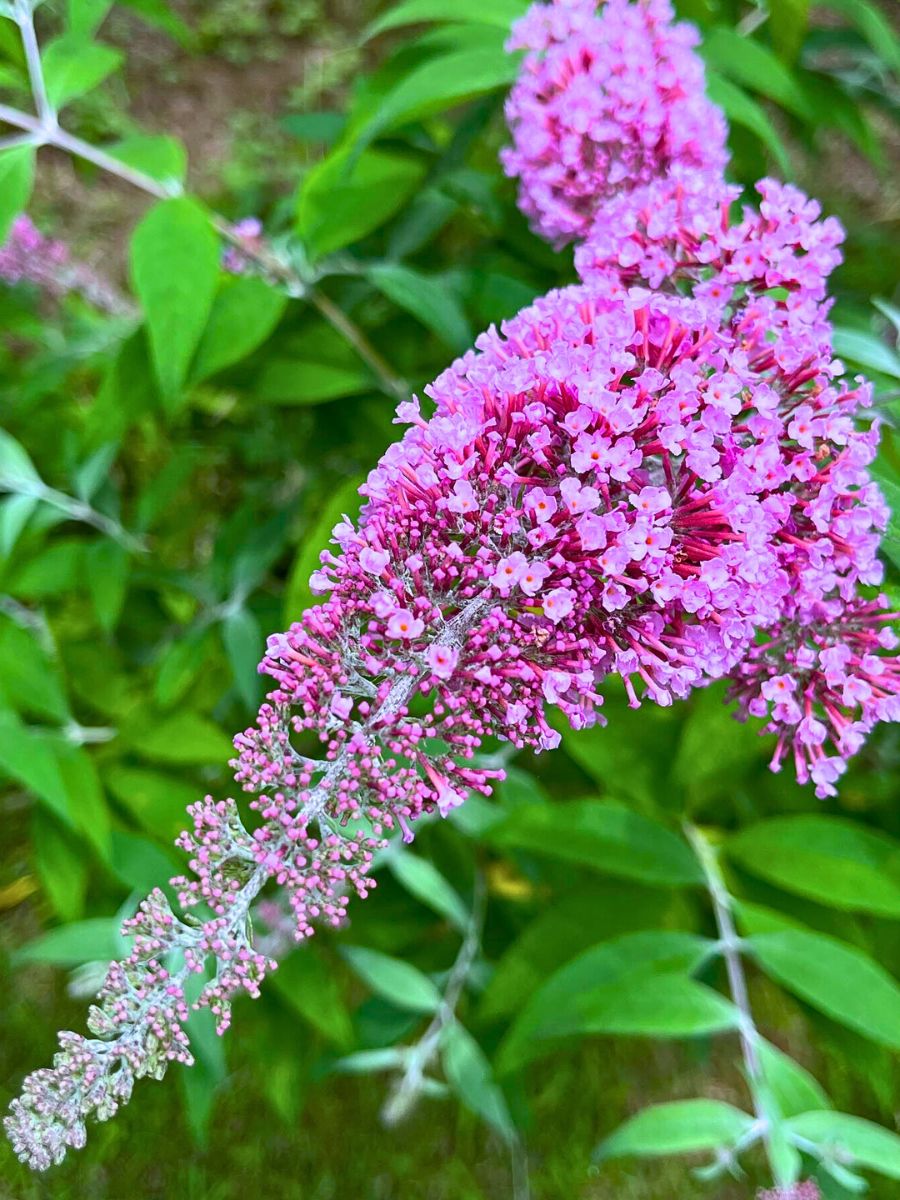
Pests and Diseases
Buddleia is seldom bothered by pests or disease, although mullein moths, caterpillars, and spider mites can attack them, and the plants are occasionally plagued by fungal infections. If you see insects, try knocking them off with a strong blast of water from the hose, or spray the bushes with insecticidal soap. But try to avoid using pesticides, as they also kill visiting butterflies, bees, and other beneficial garden creatures.
To control fungus problems, which can flourish on wet leaves, water bushes early in the day, and use a soaker hose or drip irrigation when possible. Remove diseased plant parts and discard them — but not in your compost pile, where diseases can spread.
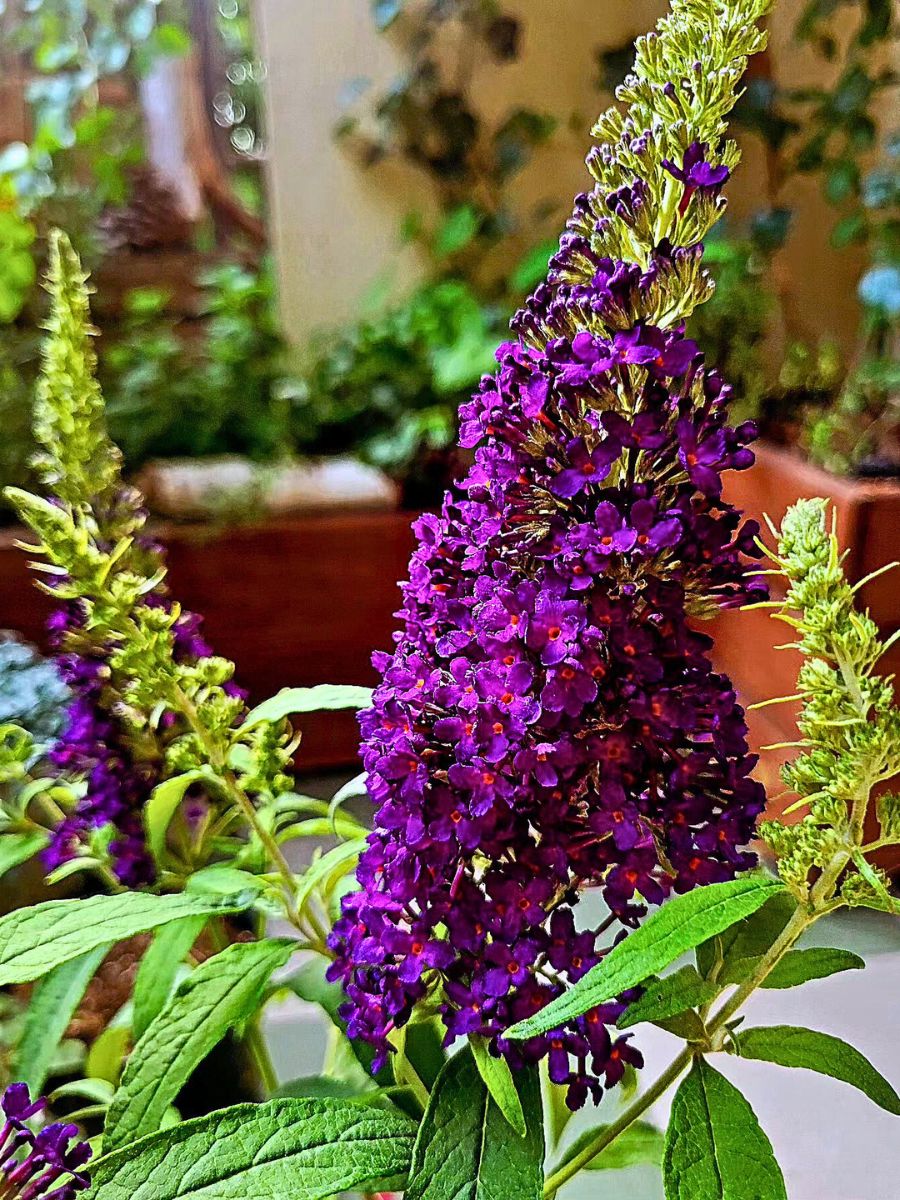
Tips for Making Butterfly Bush Bloom
A butterfly bush will bloom profusely from the beginning of summer through the end of the season in generally favorable growing conditions (plenty of light, moist but well-draining soil). Take in mind that the plant will not fully bloom if one of these situations occurs:
- Not giving your plant enough sun. These are sun-loving plants that will not bloom if they don't get at least six hours of daily sun.
- Too much or too little water can make your plant fall completely. Butterfly bush like plenty of moisture, but not sogginess. Excessive moisture can cause root rot which prevents flower buds from forming. Drought can also cause the plant to conserve energy by withholding flowers.
- Summer is too cool. Butterfly bush thrives in temperatures 23 degrees Celsius or above, and if your summer has been unseasonably cool, the plants may withhold flowers for that year.
- Planted too deeply can also mean trouble. If potted nursery plants are planted too deeply, they may not bloom in their first year, though they usually self-correct by the following season.
- Beetle or grasshopper damage. An unusually large infestation of feeding beetles or grasshoppers can devour the flower buds. The plants generally recover for the next year.

If you want an easy-maintenance plant and want to attract the loveliest visits of butterflies, you better start thinking about planting butterfly bushes in your garden!
Feature image by @magdabluebell, header image by Dana Nawra.

